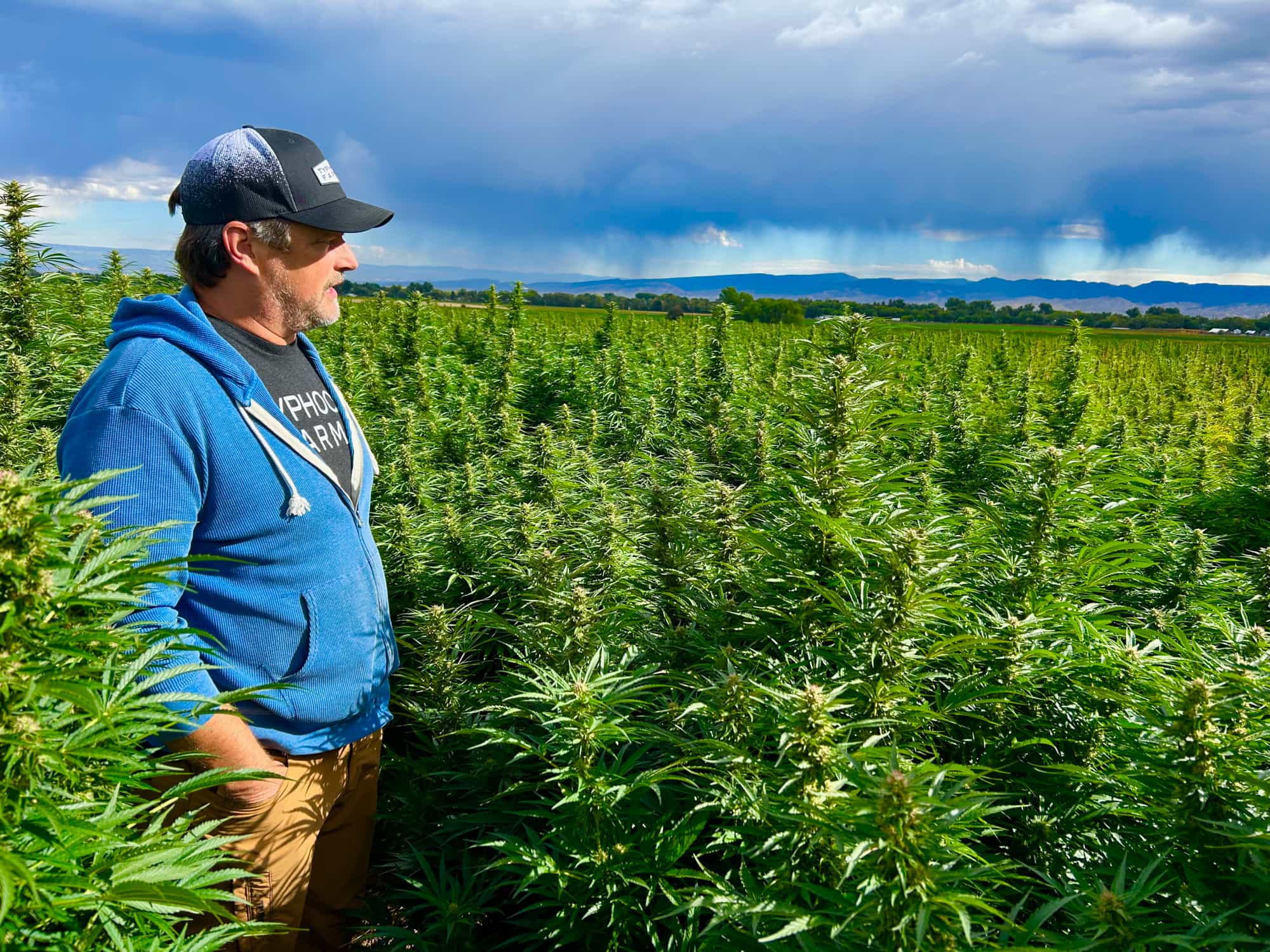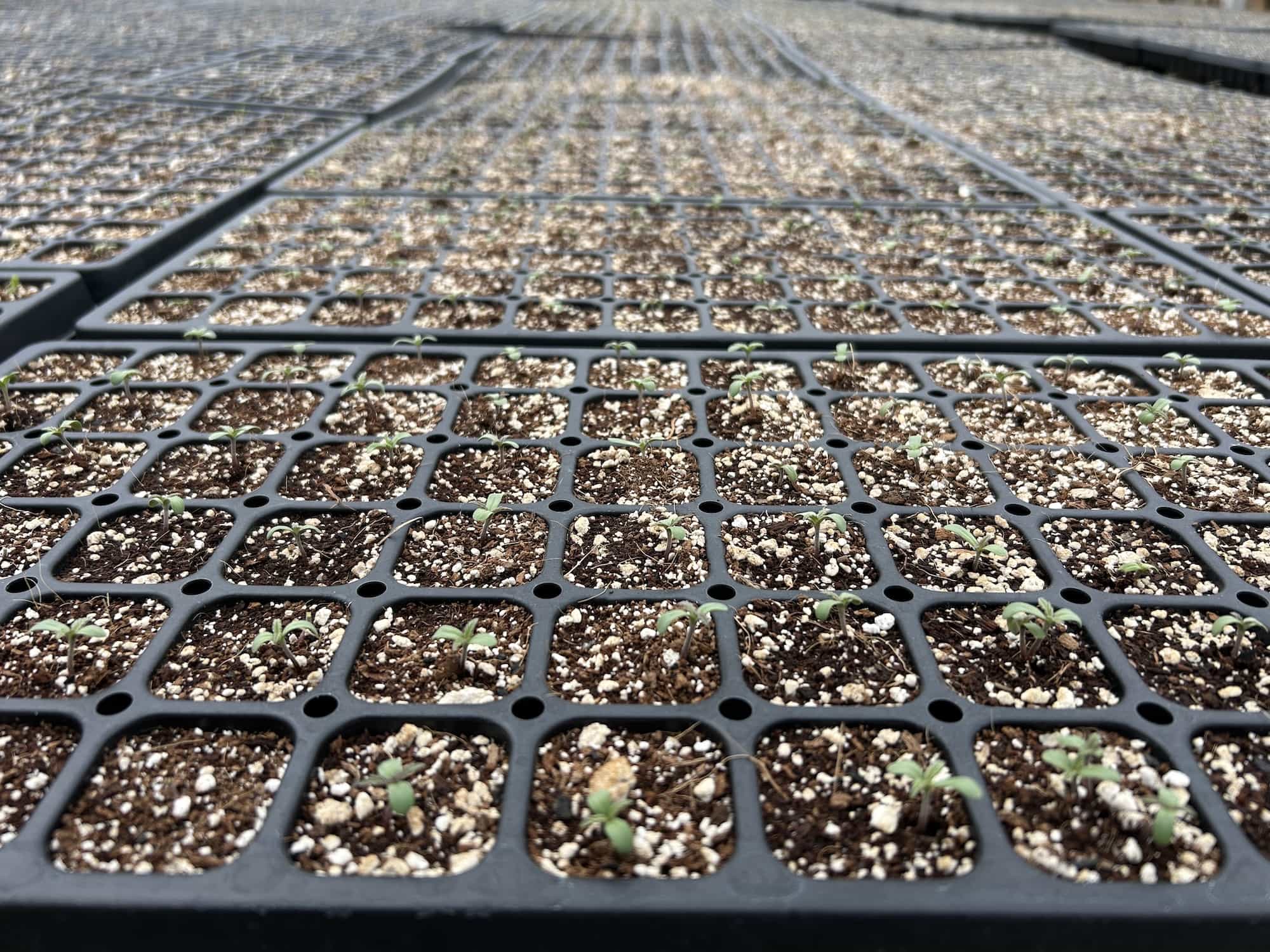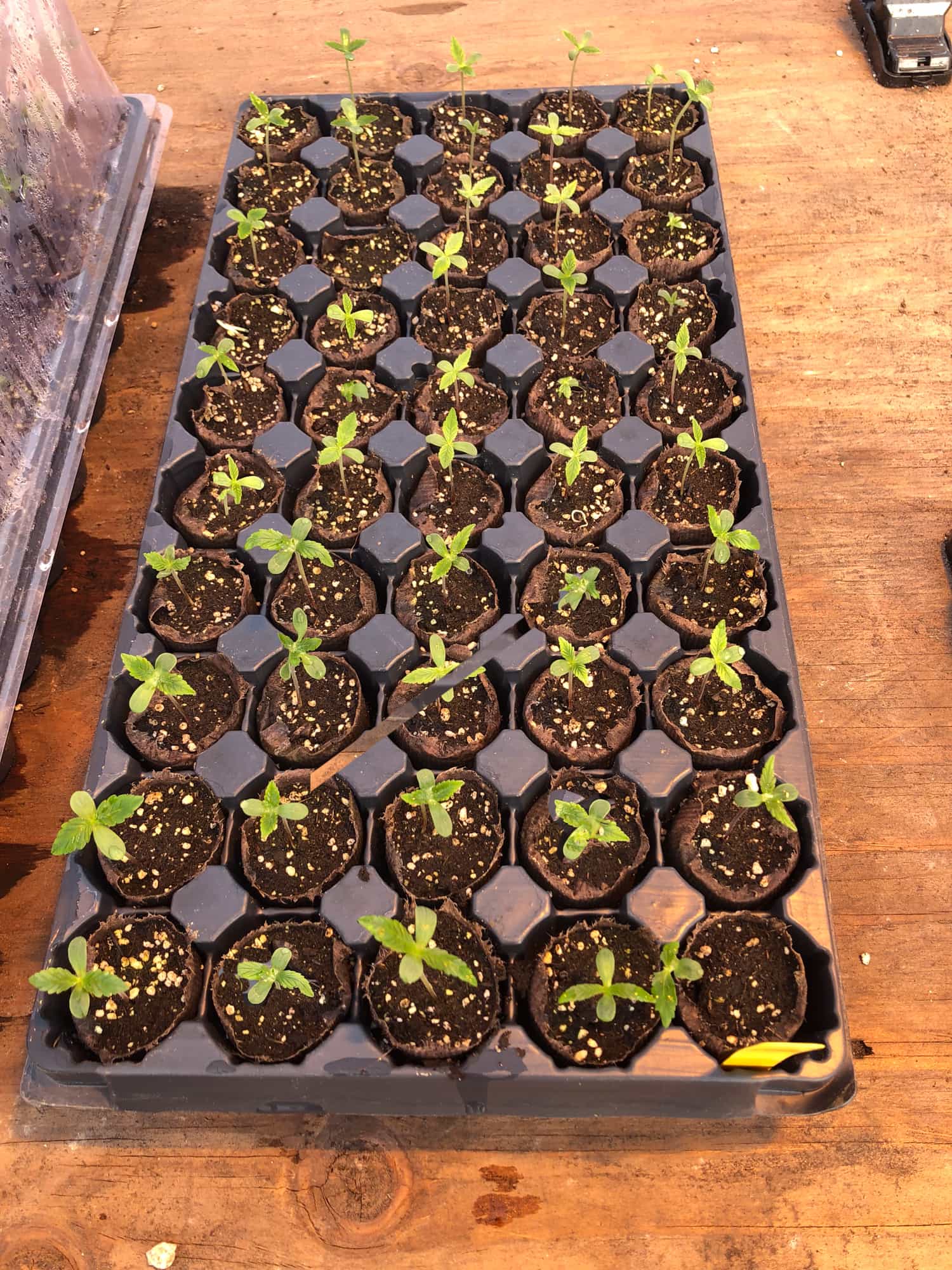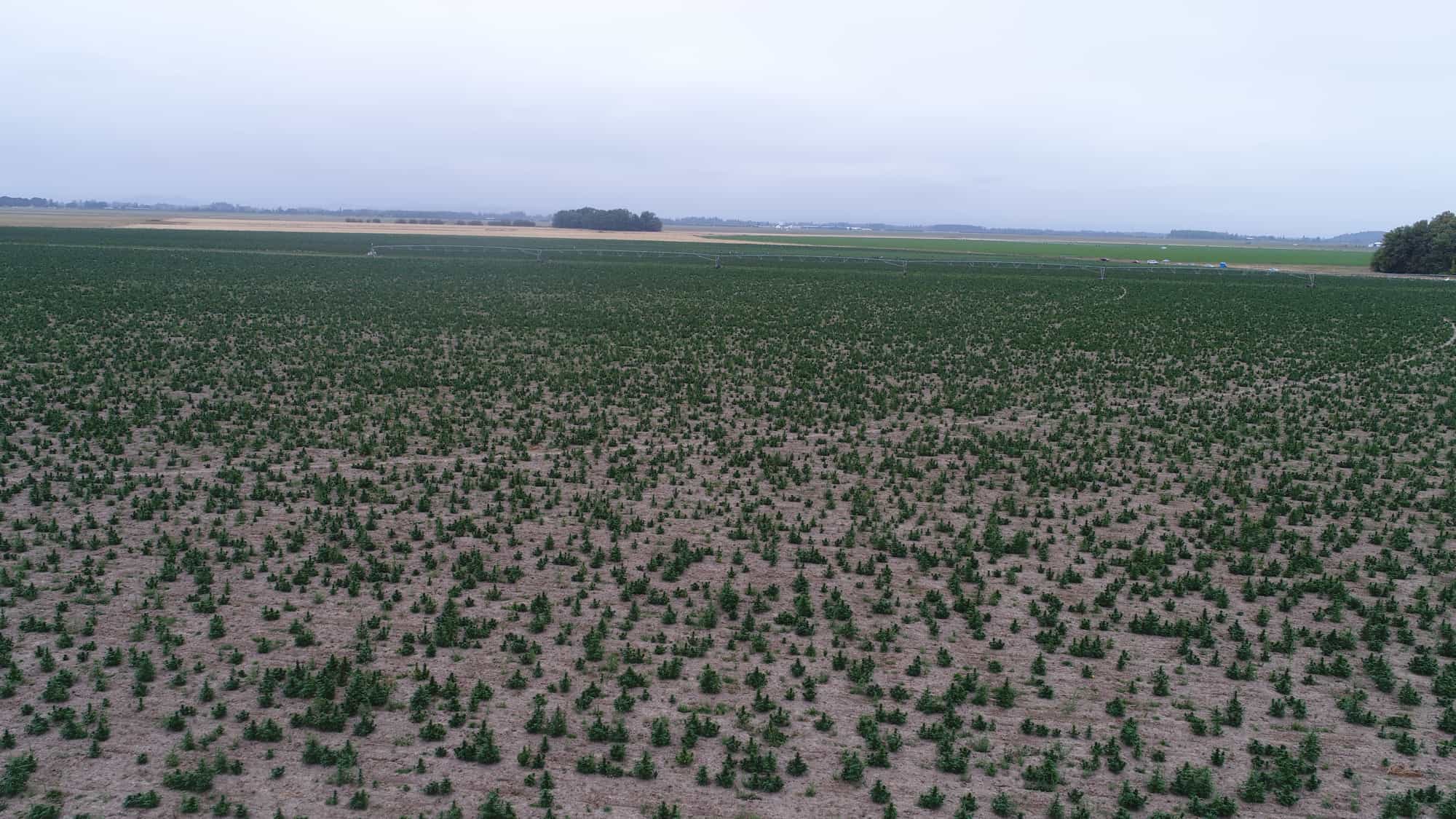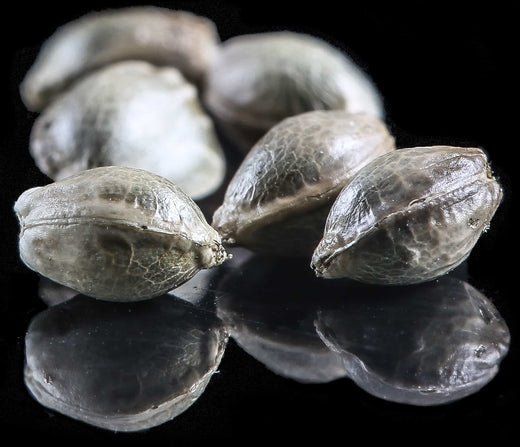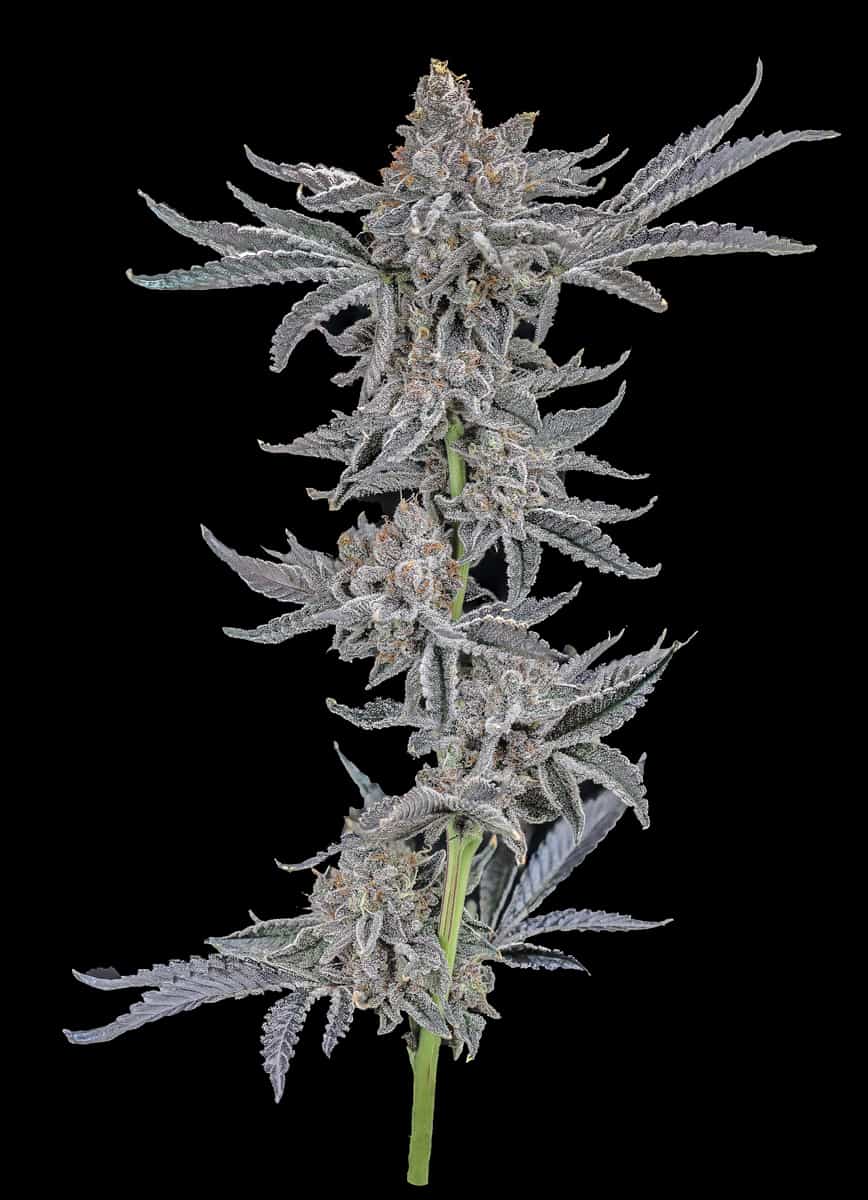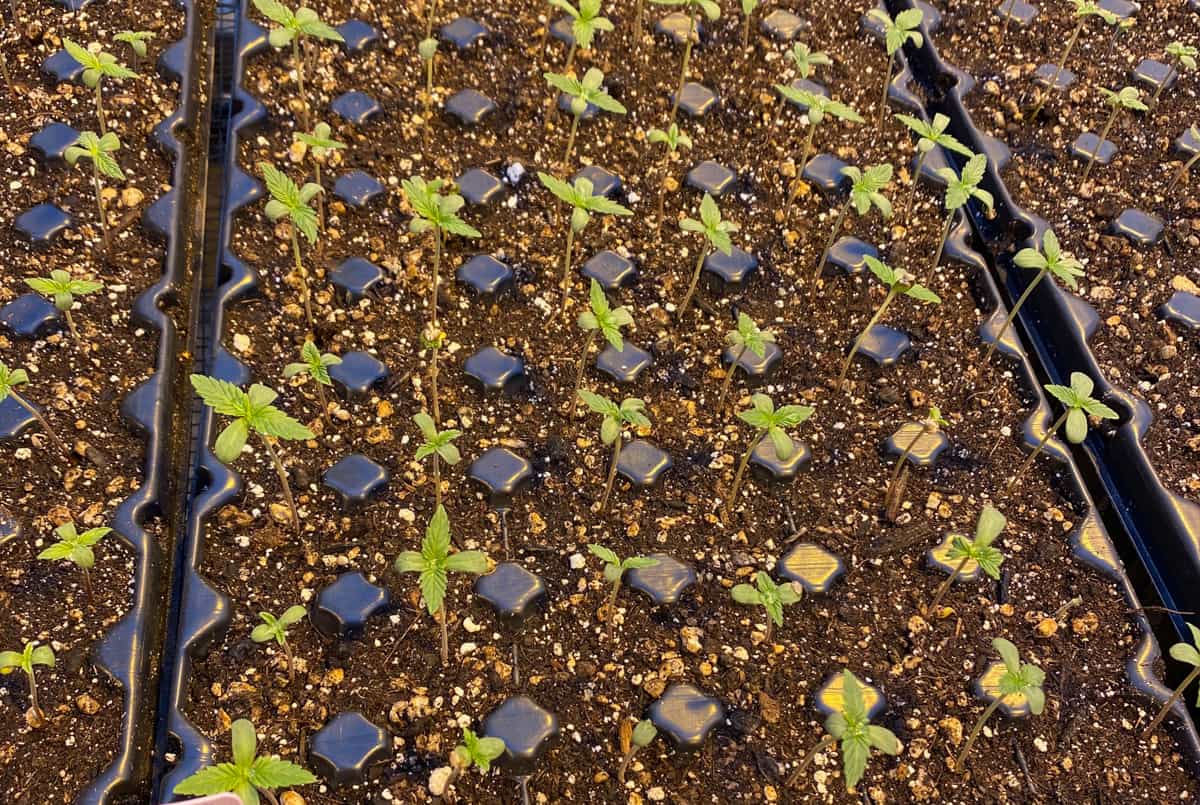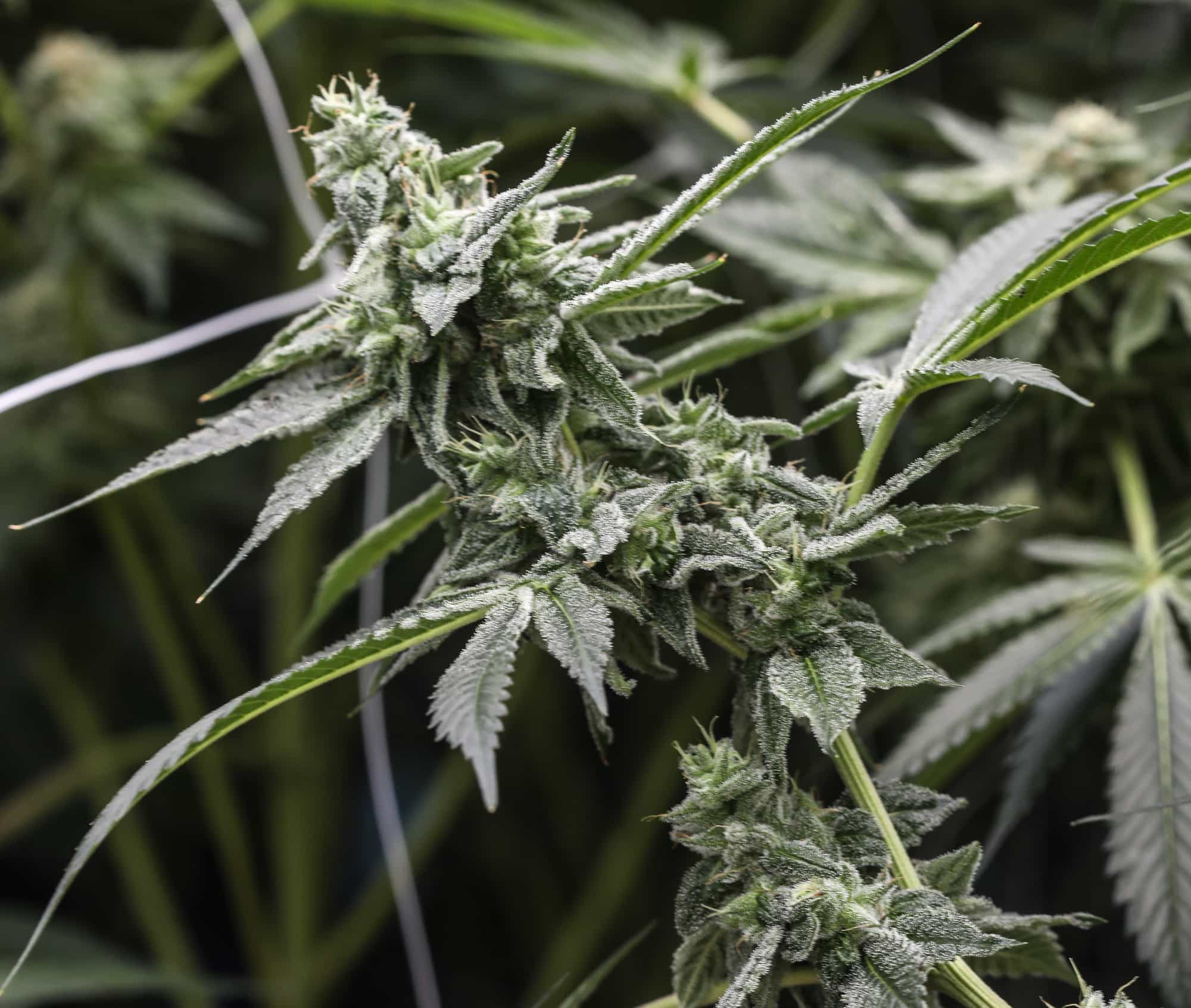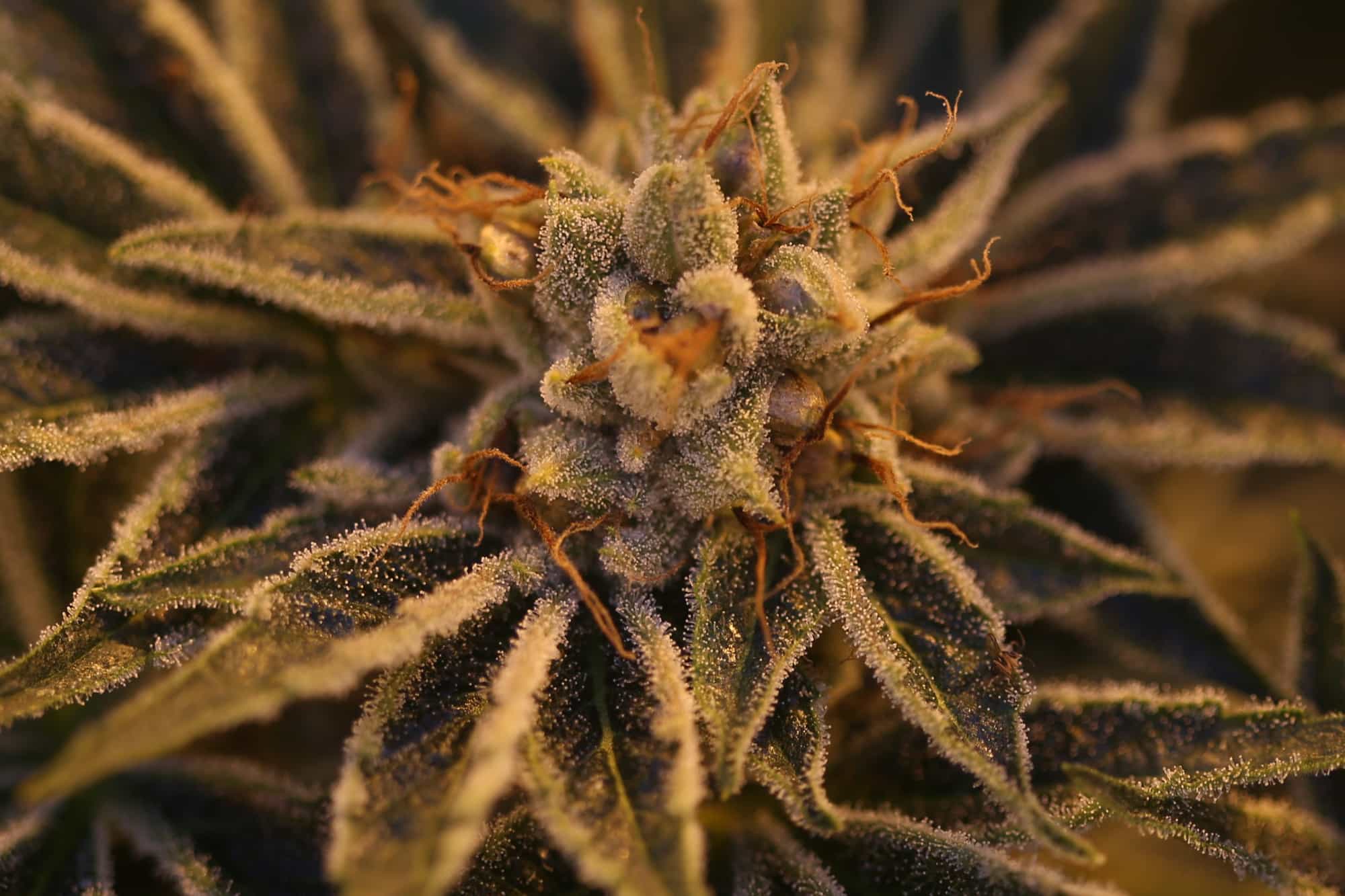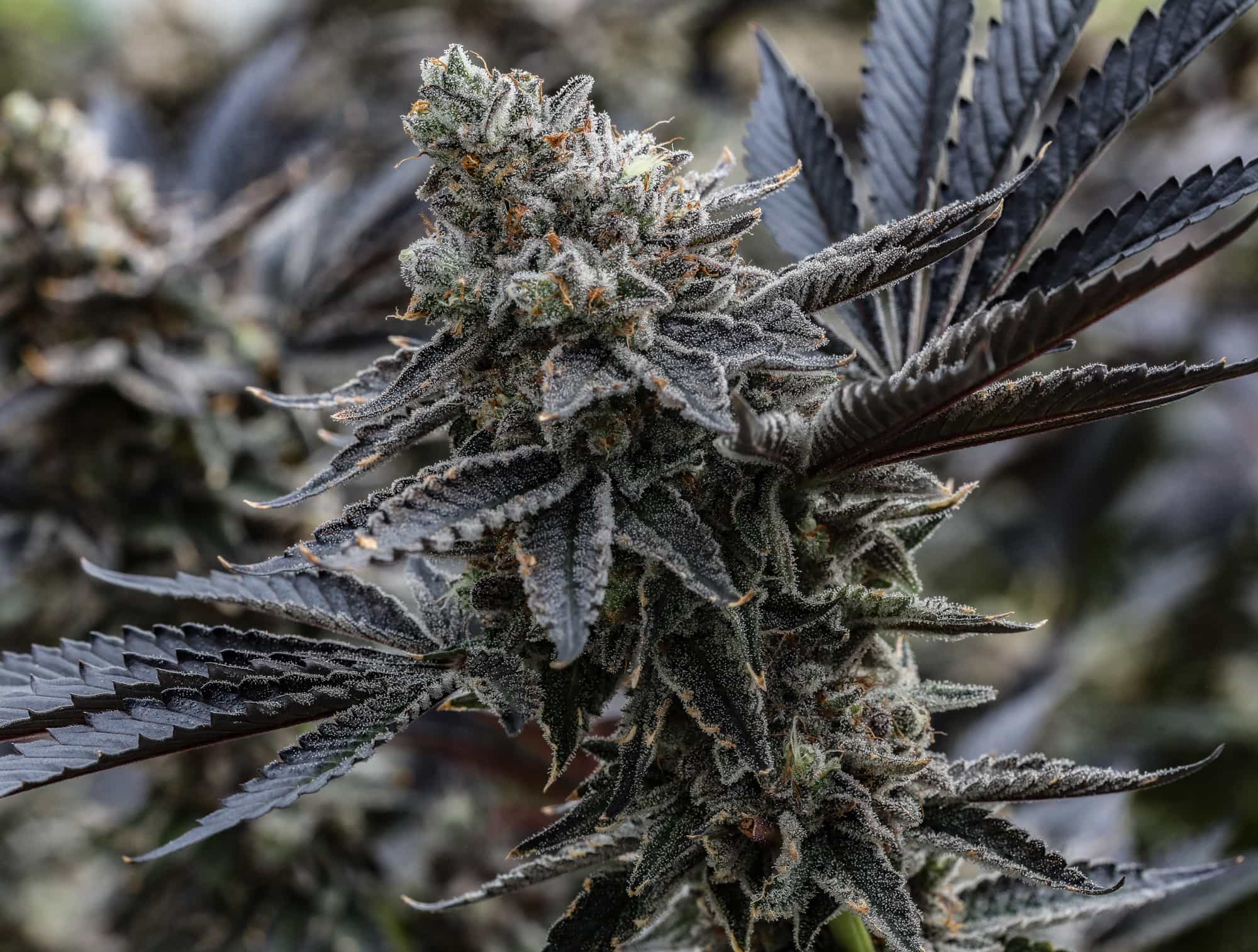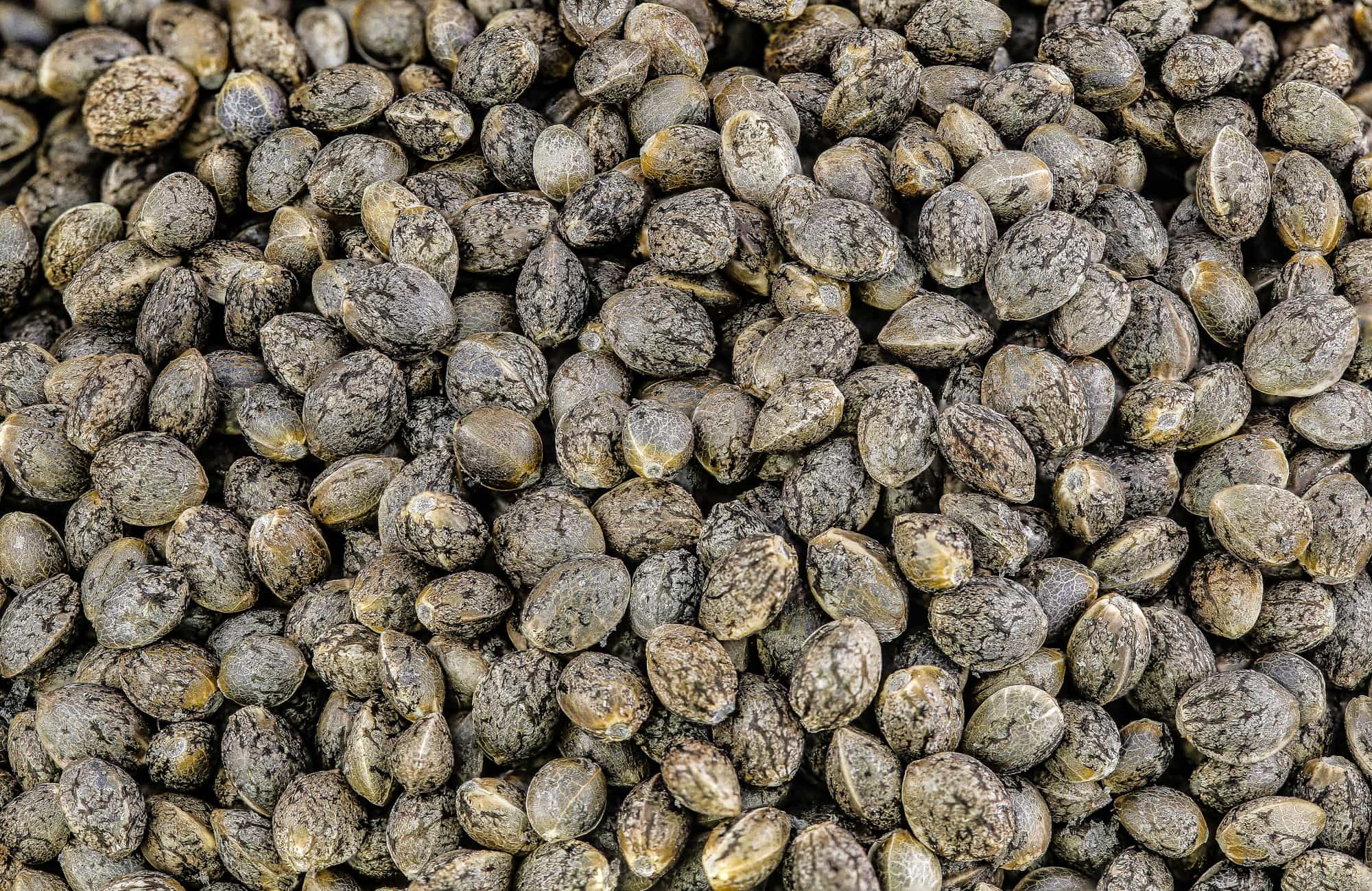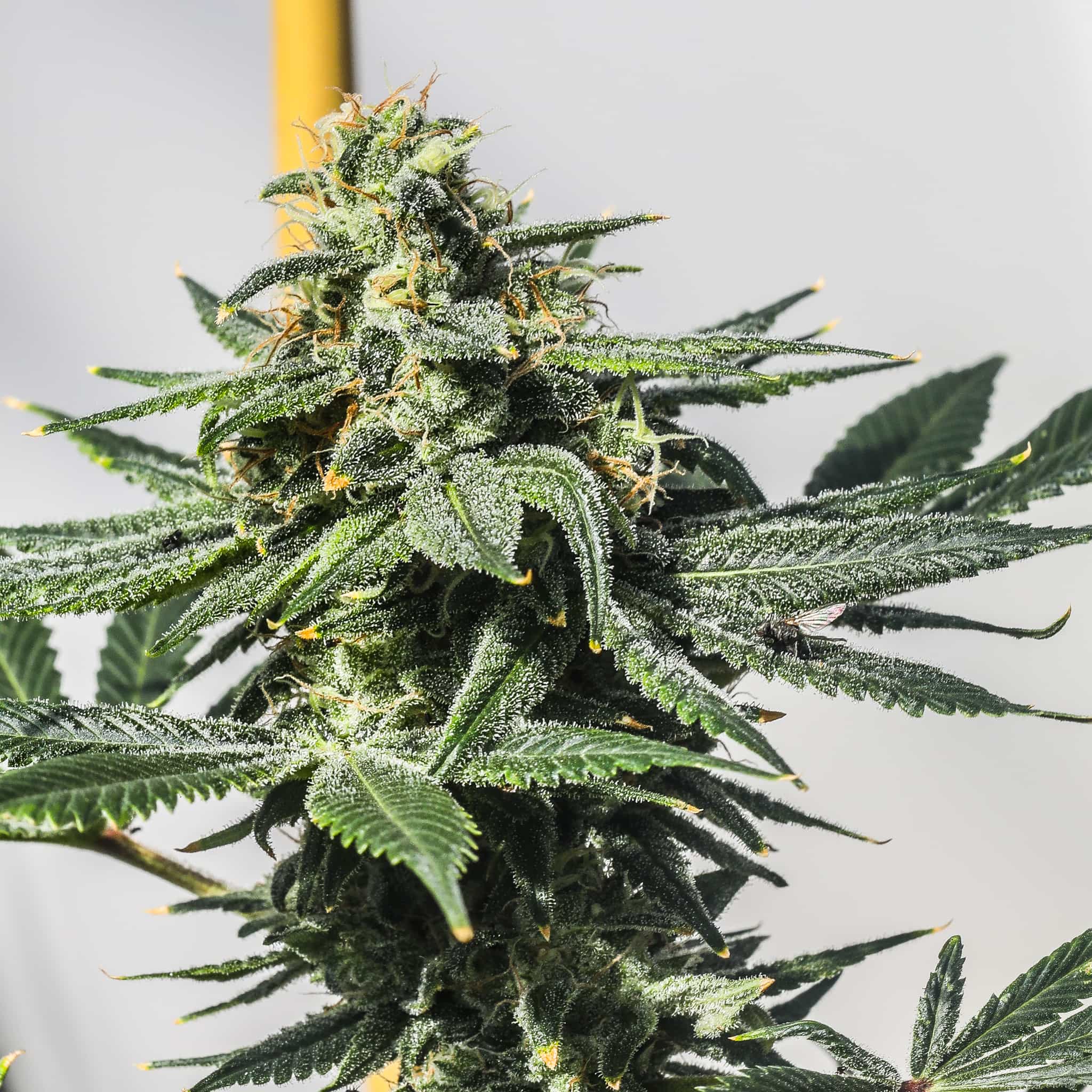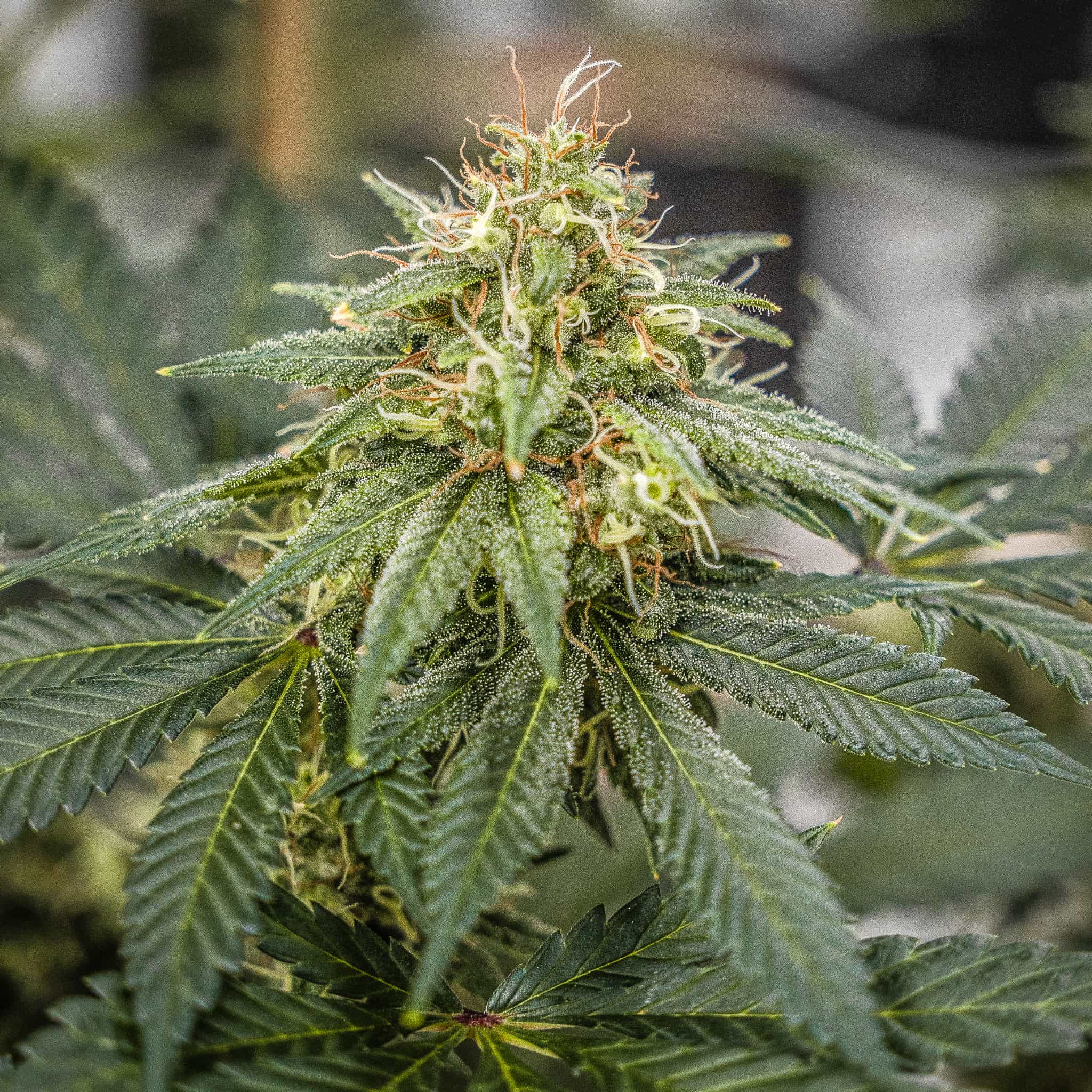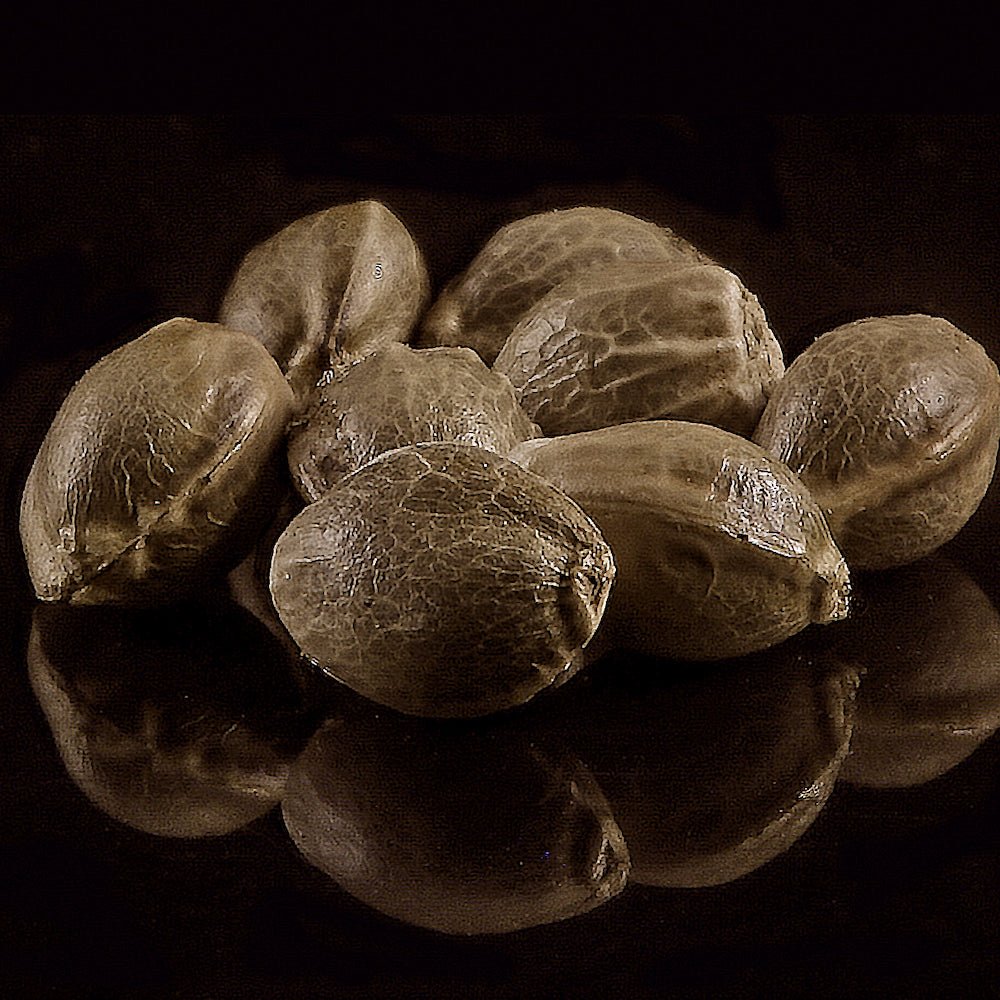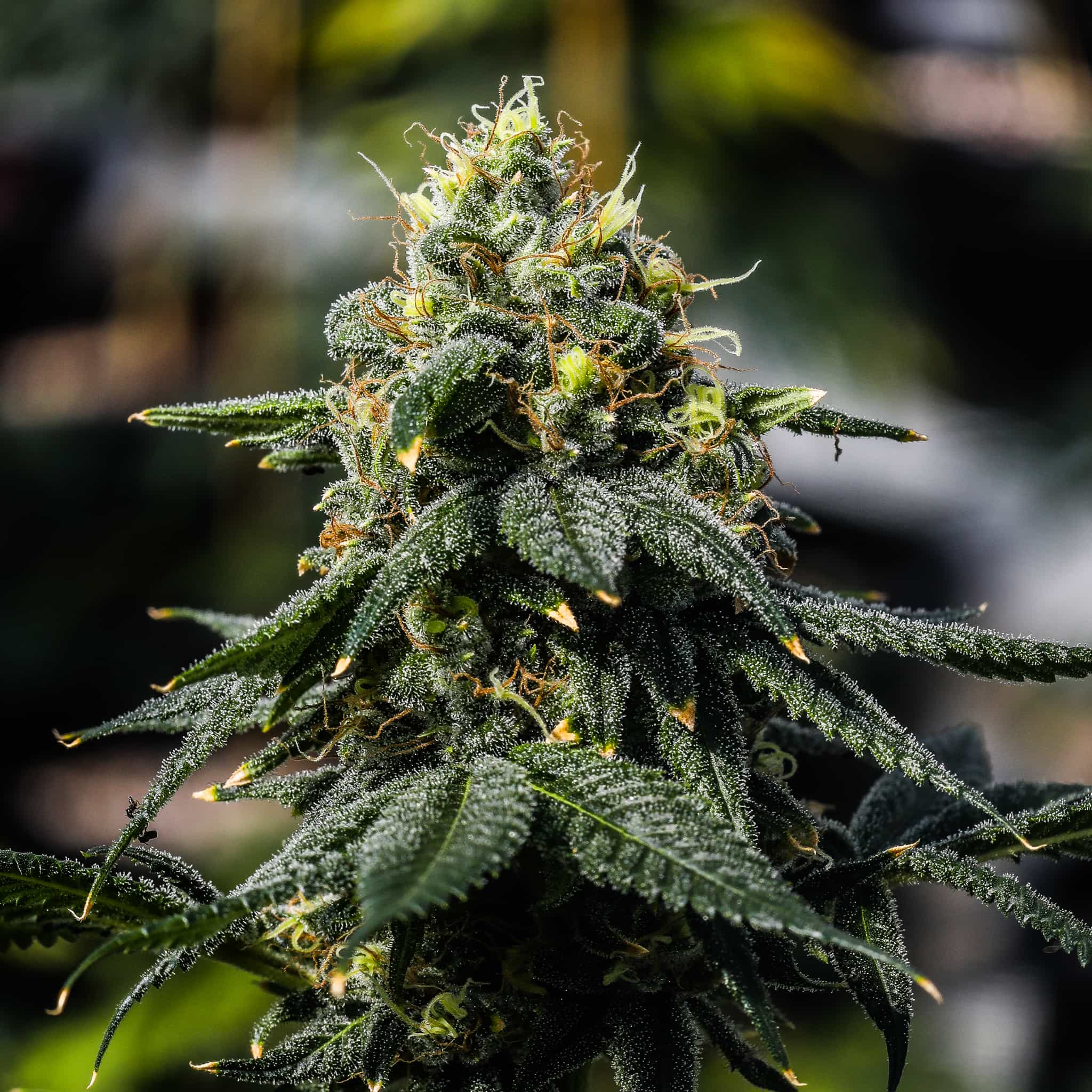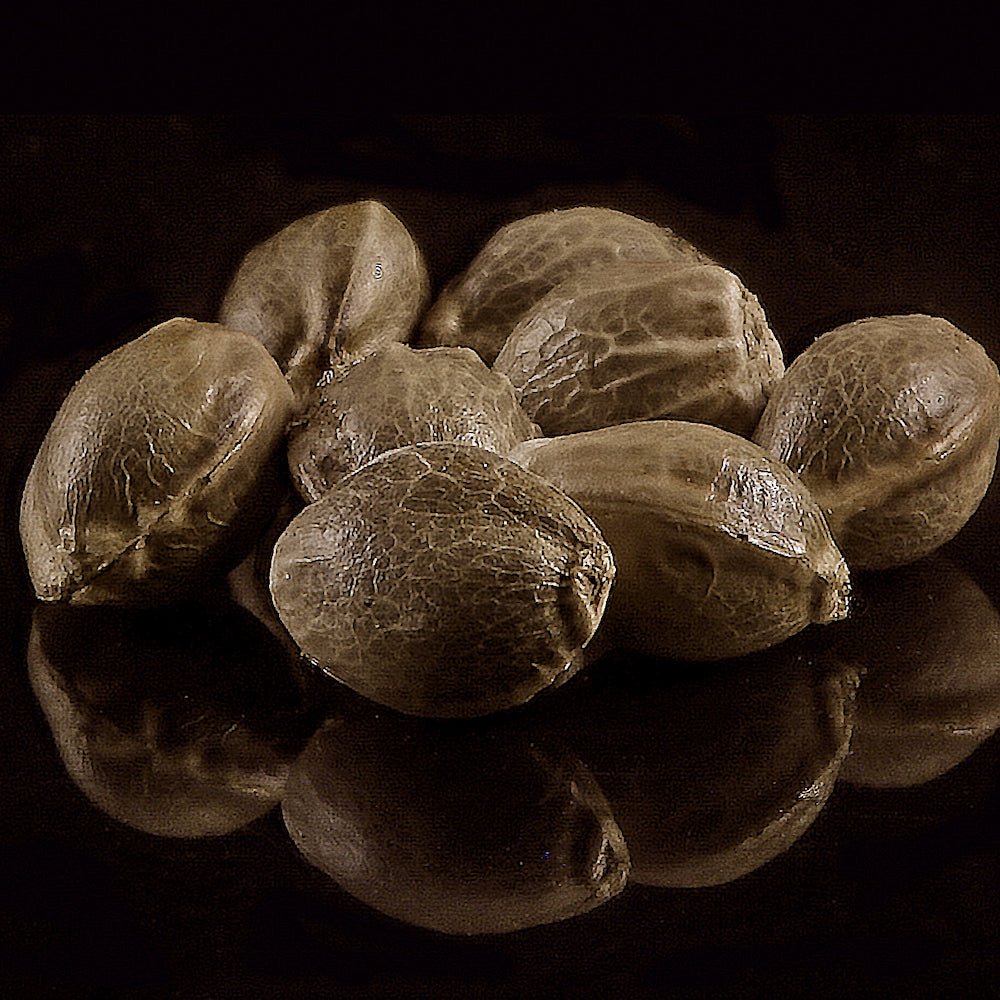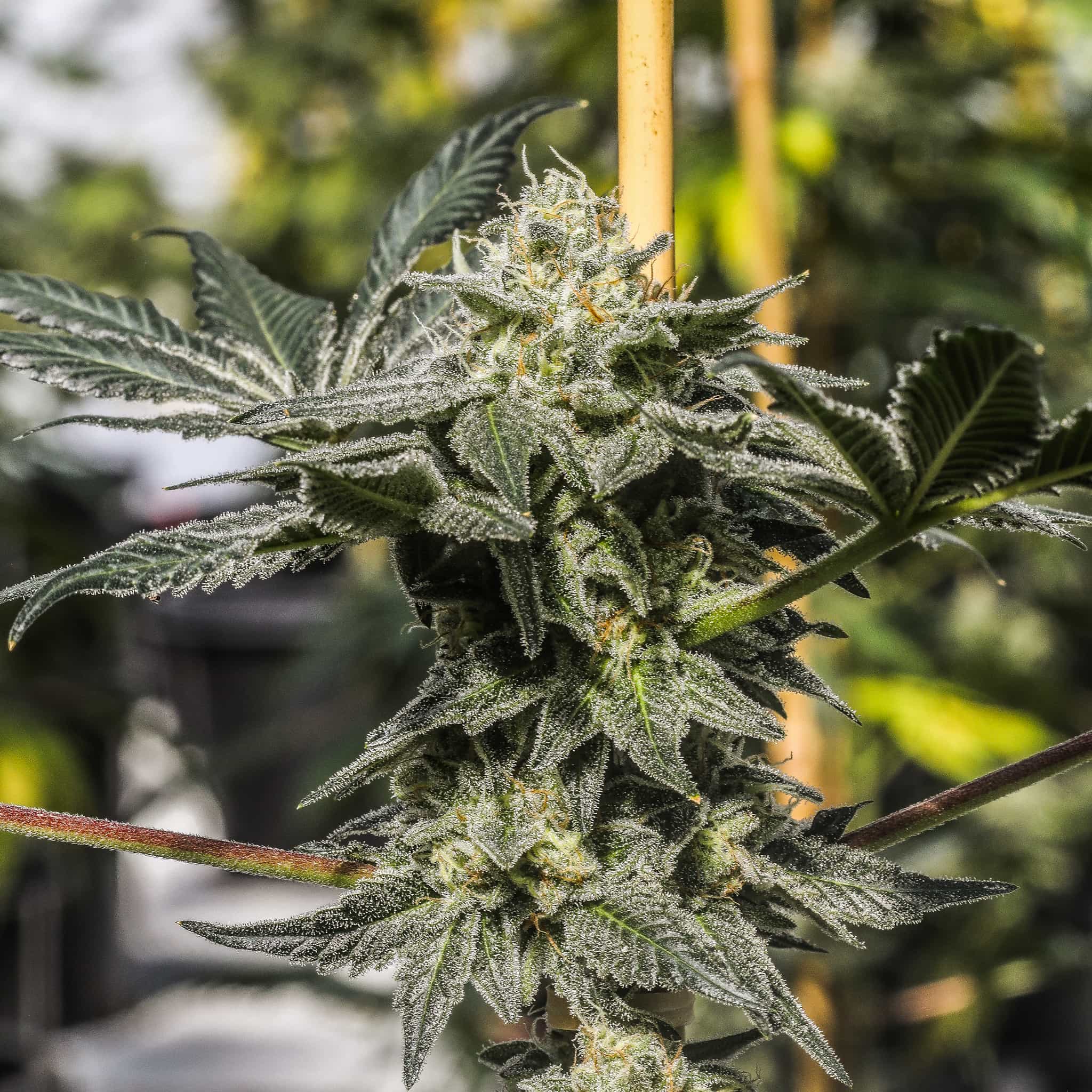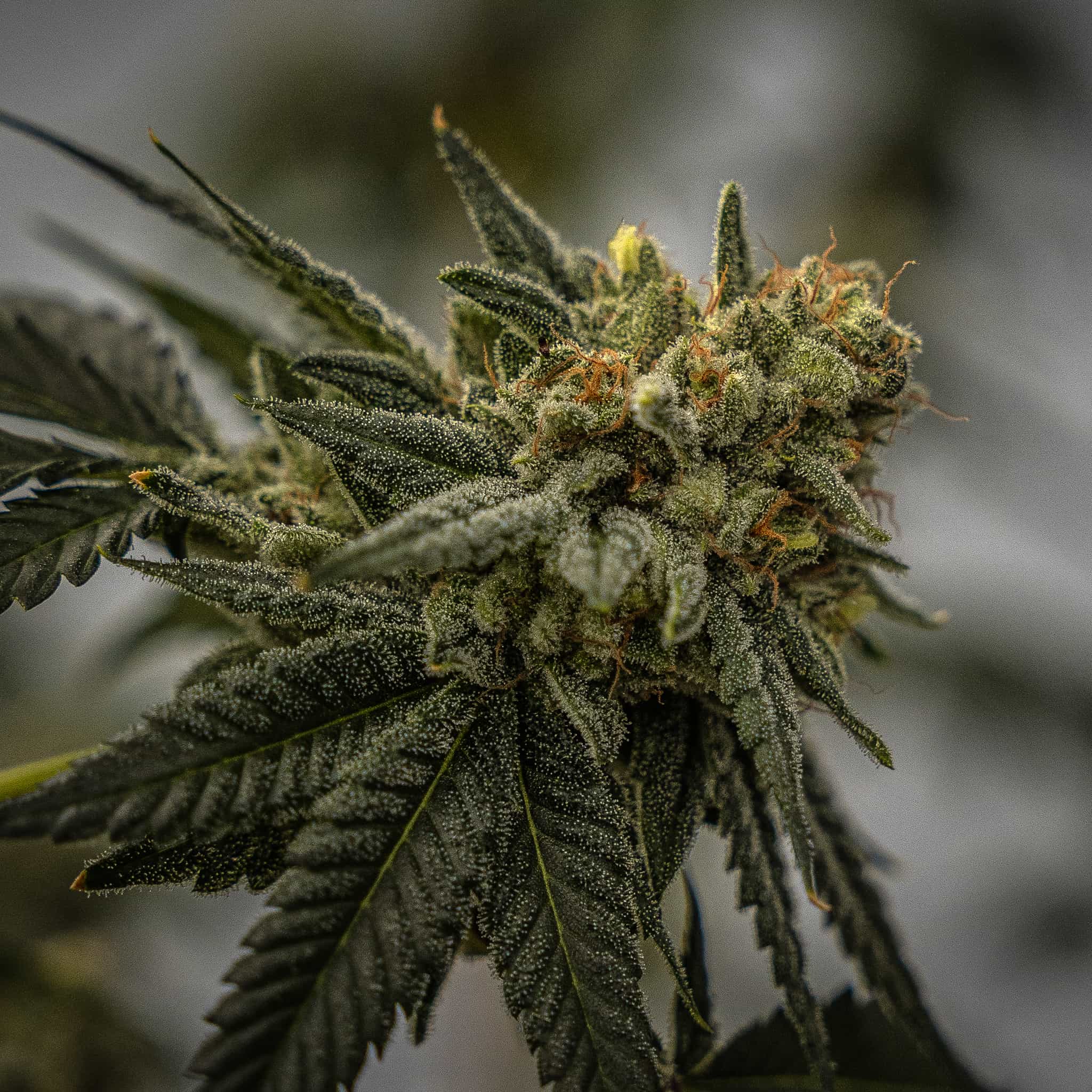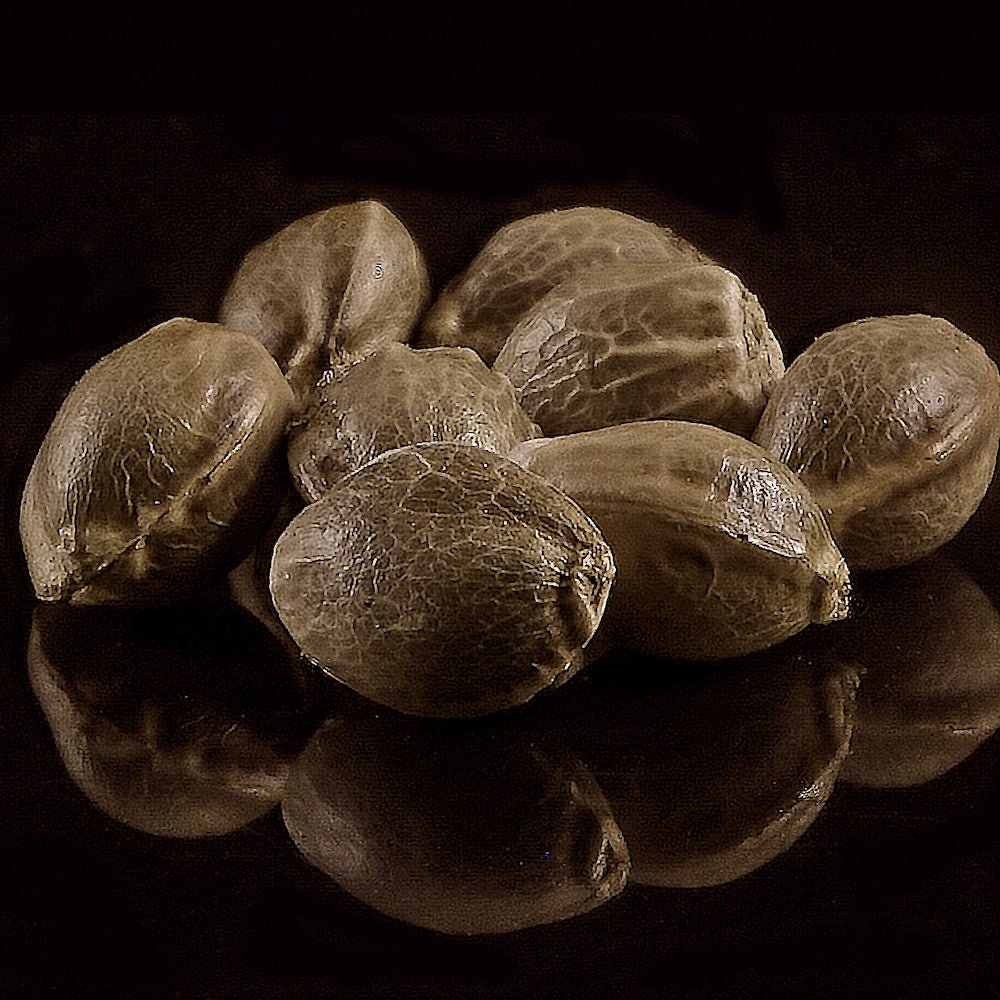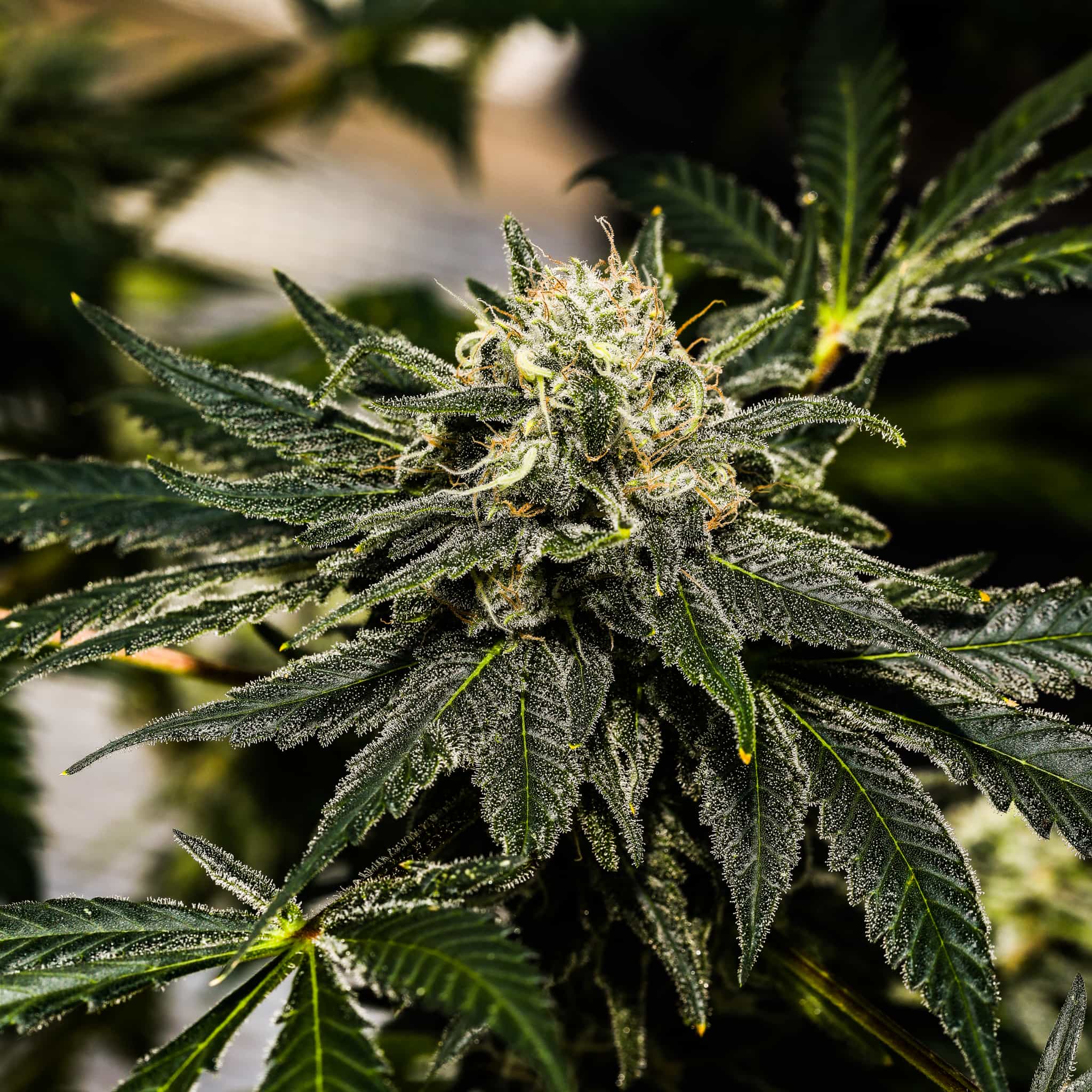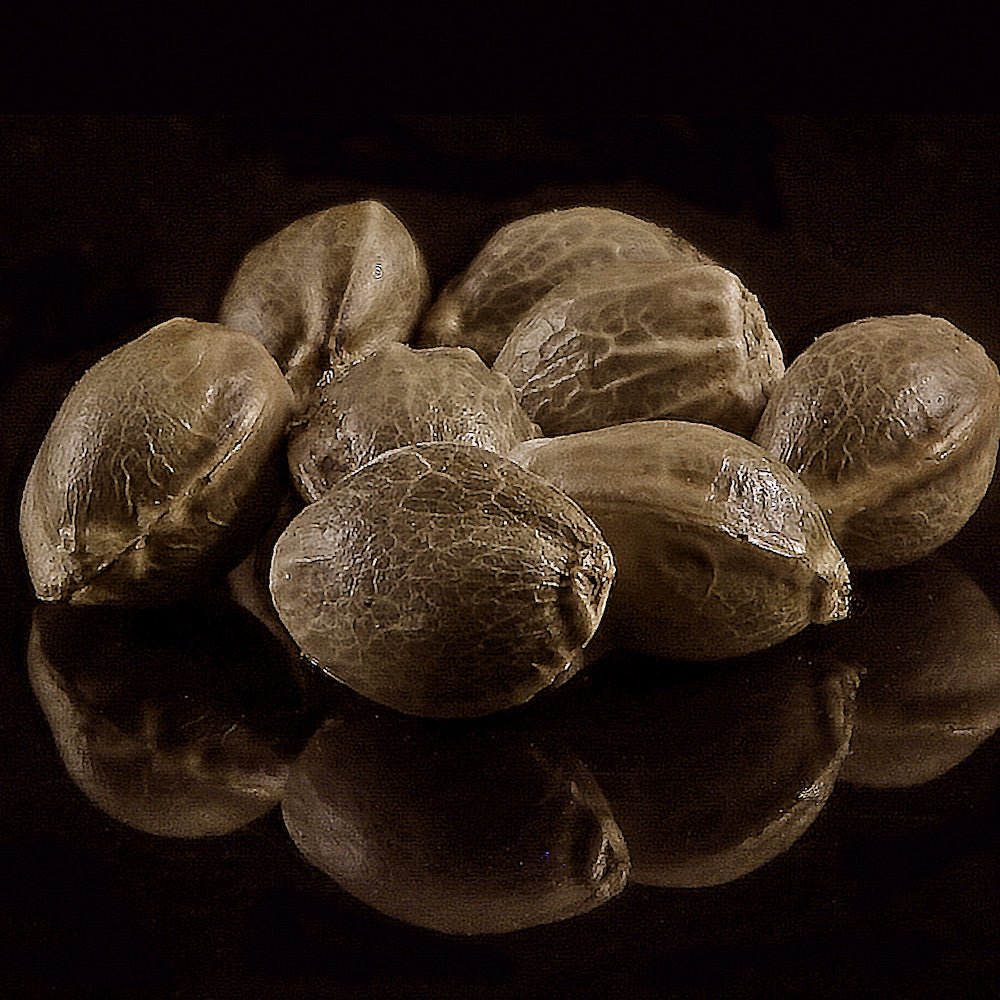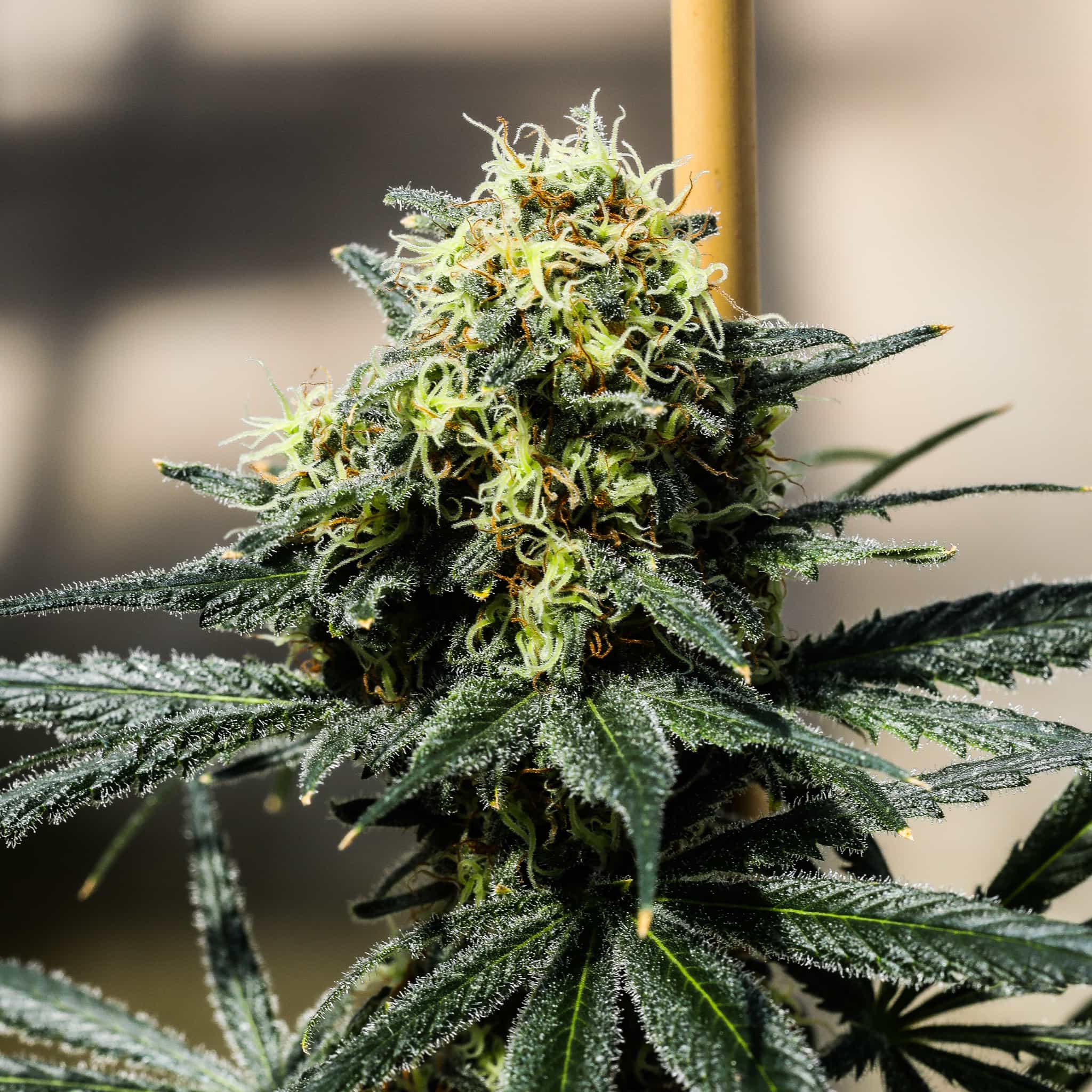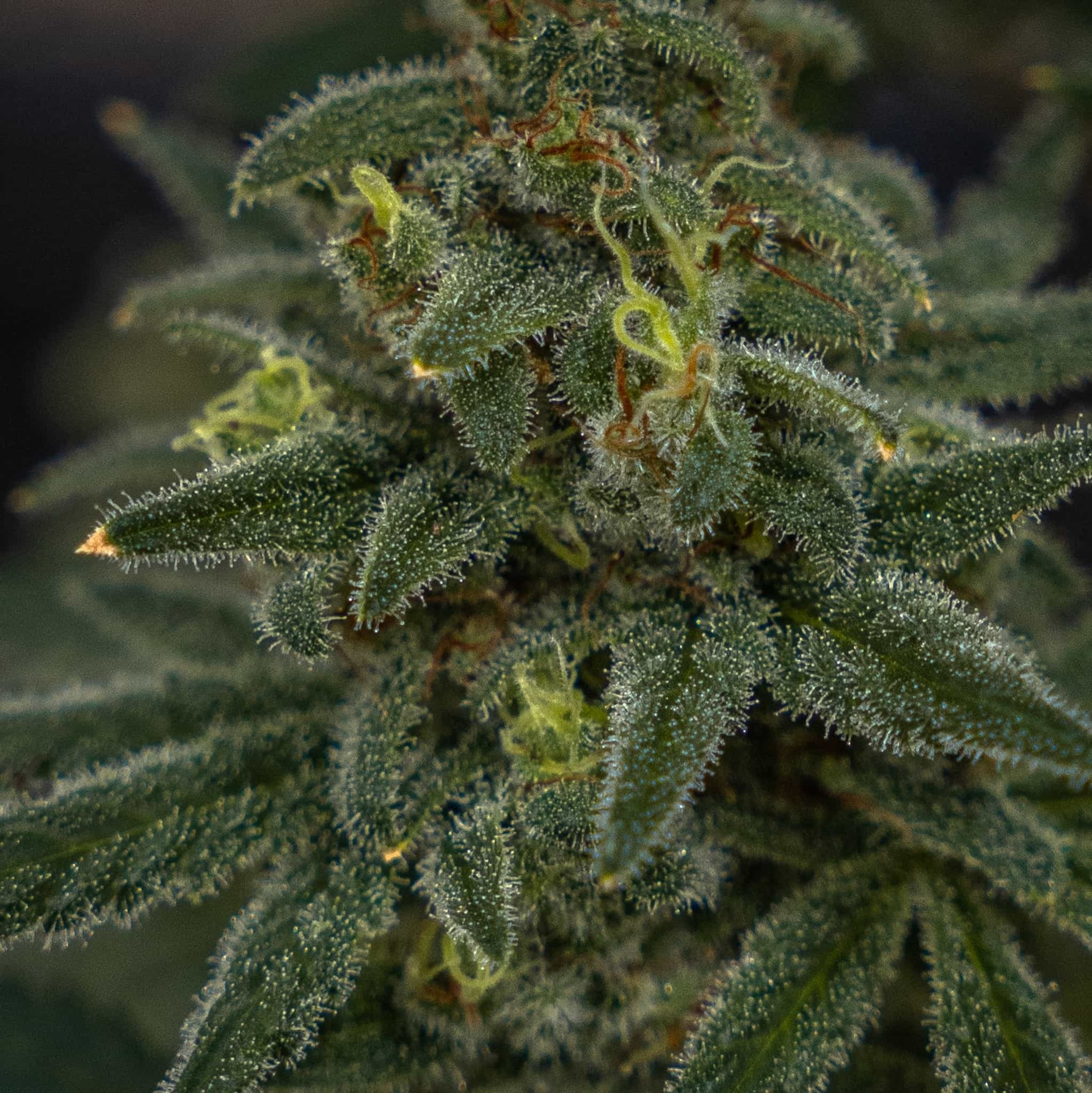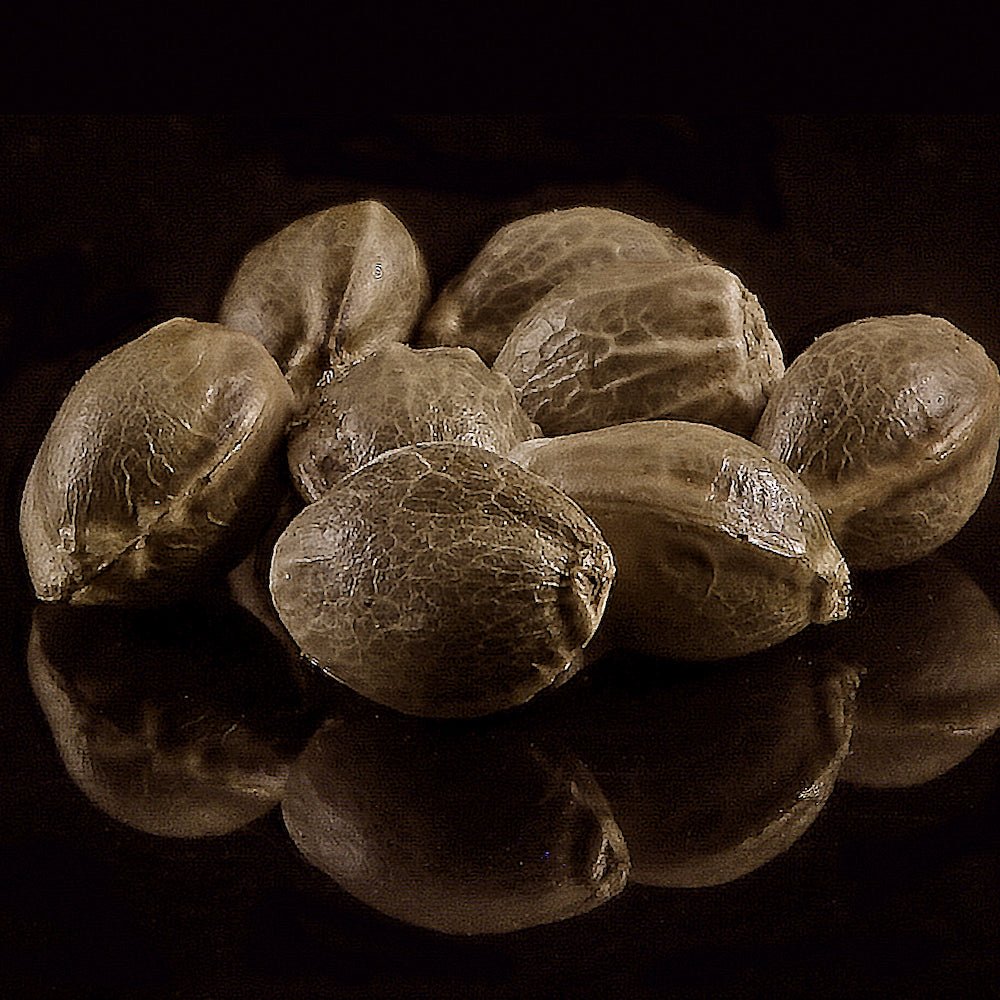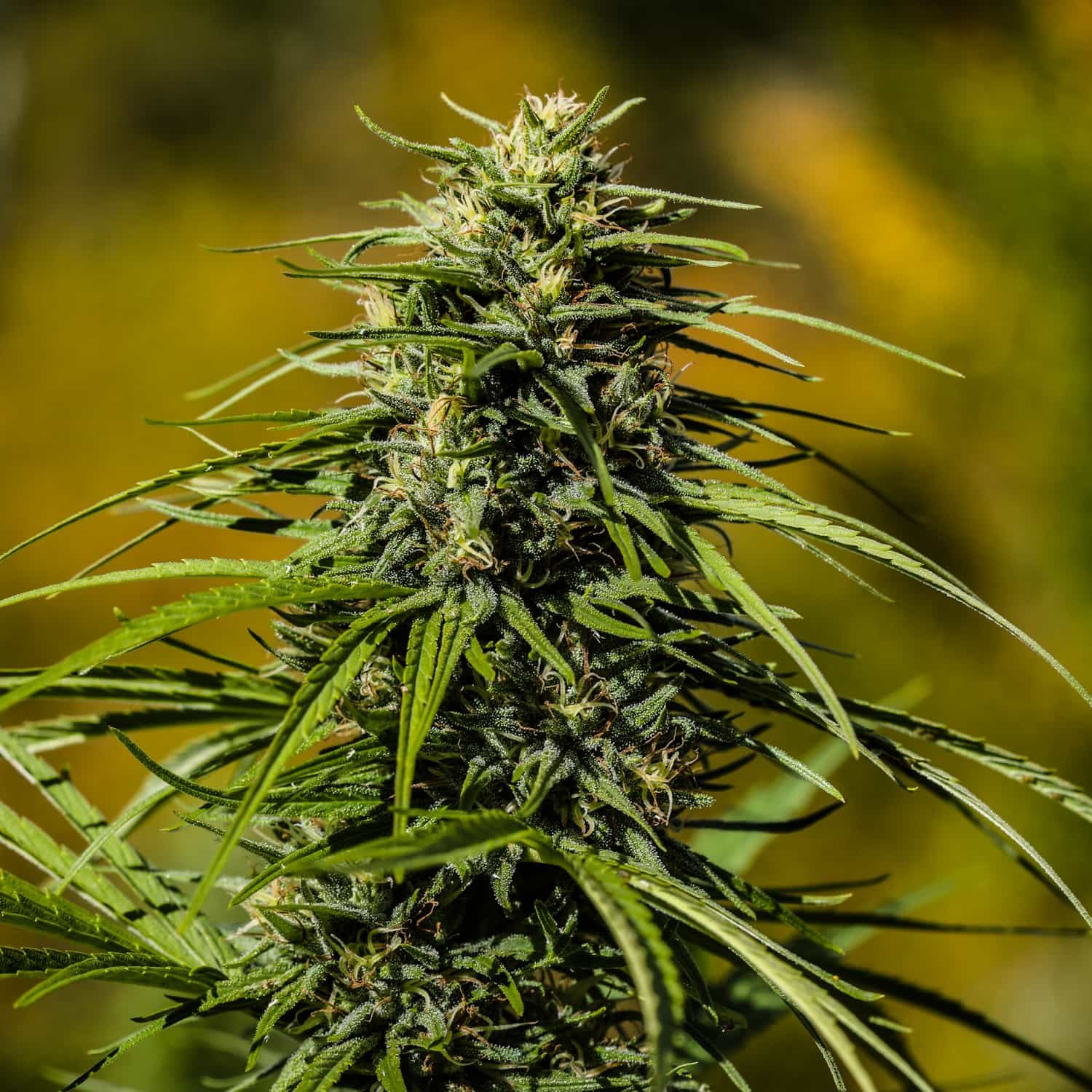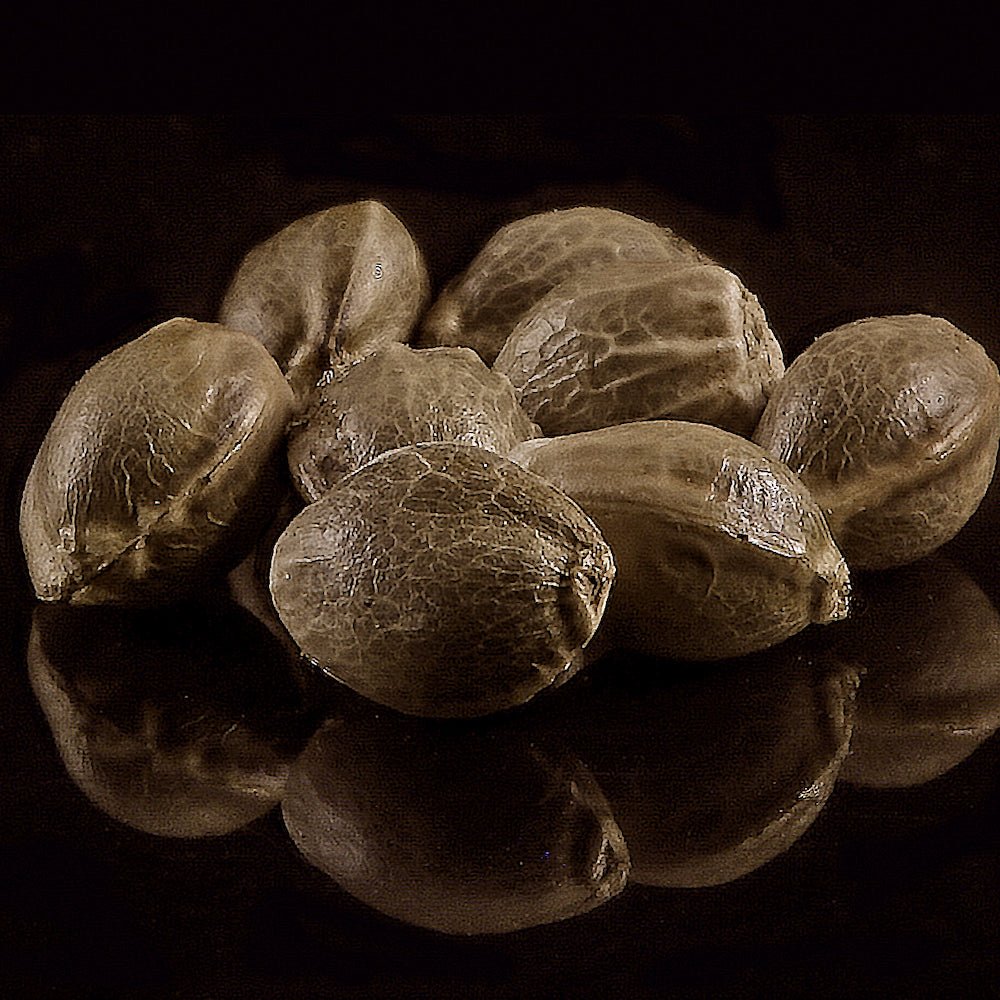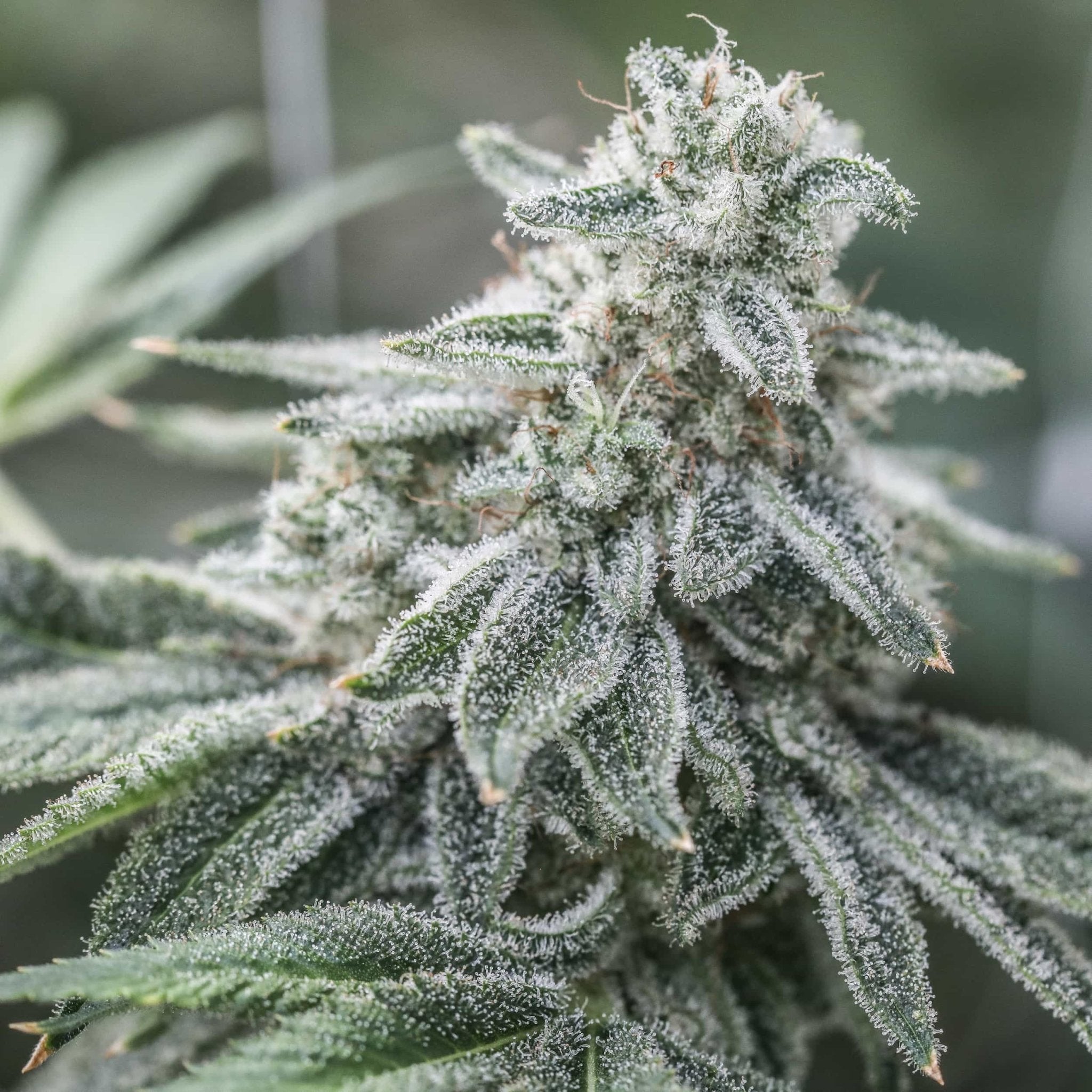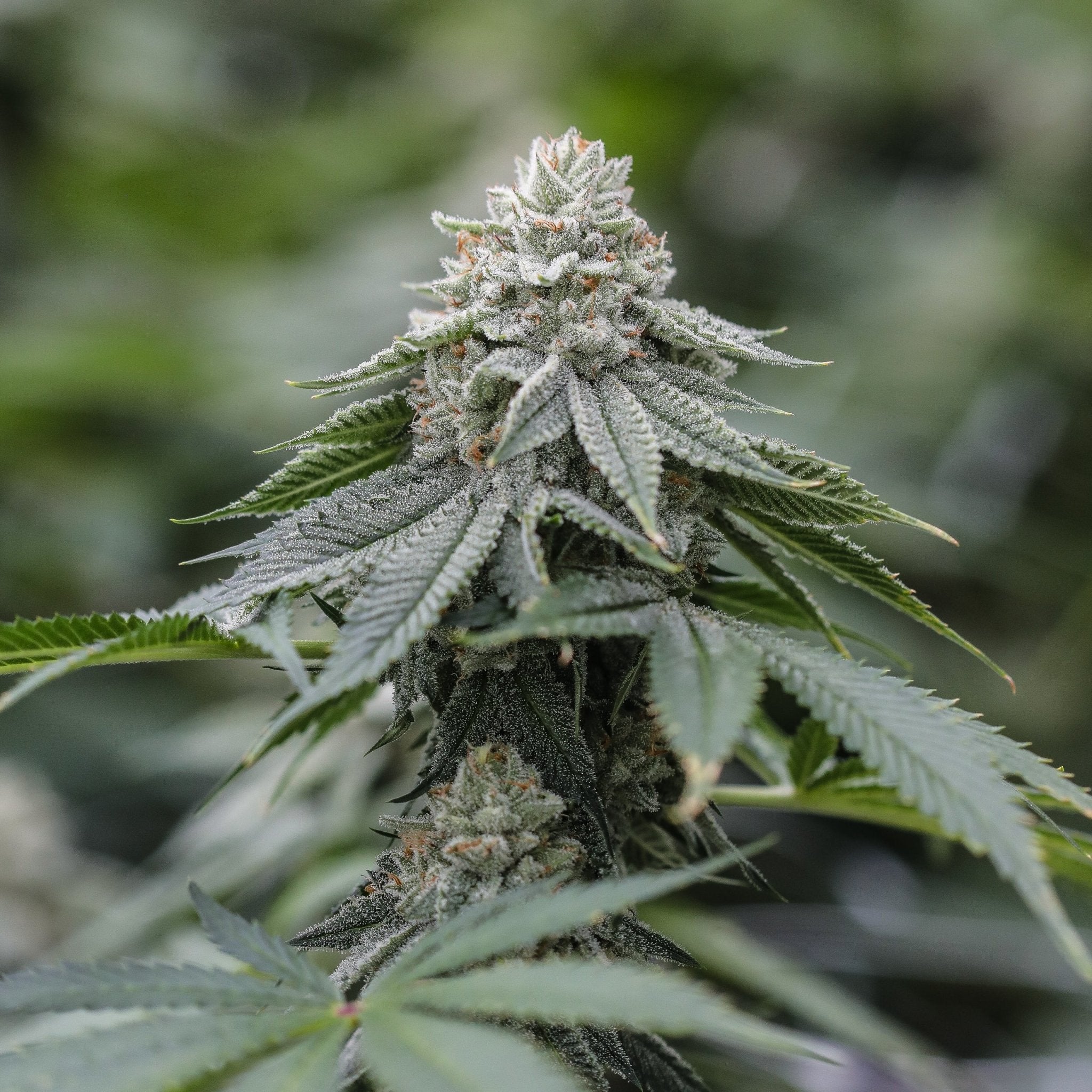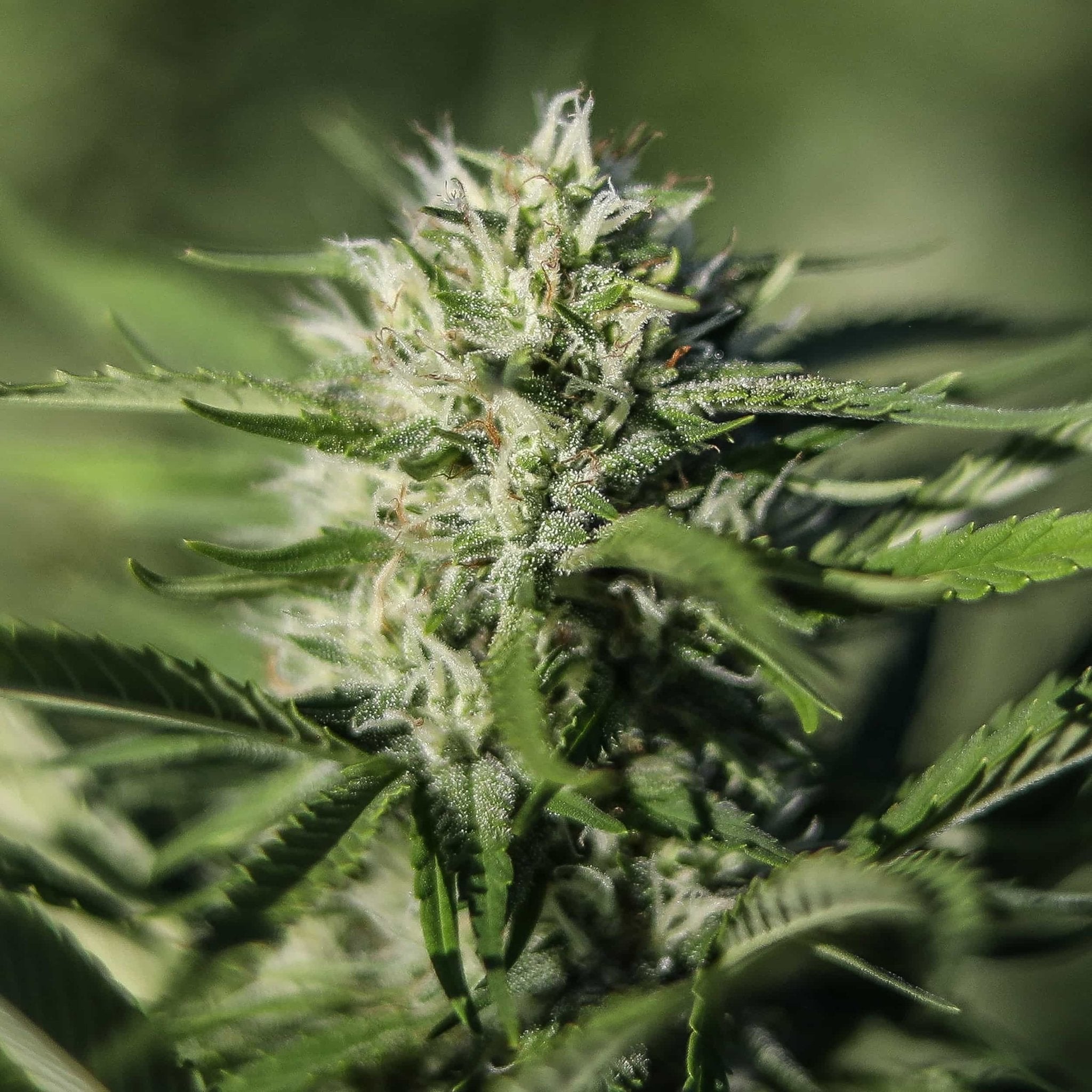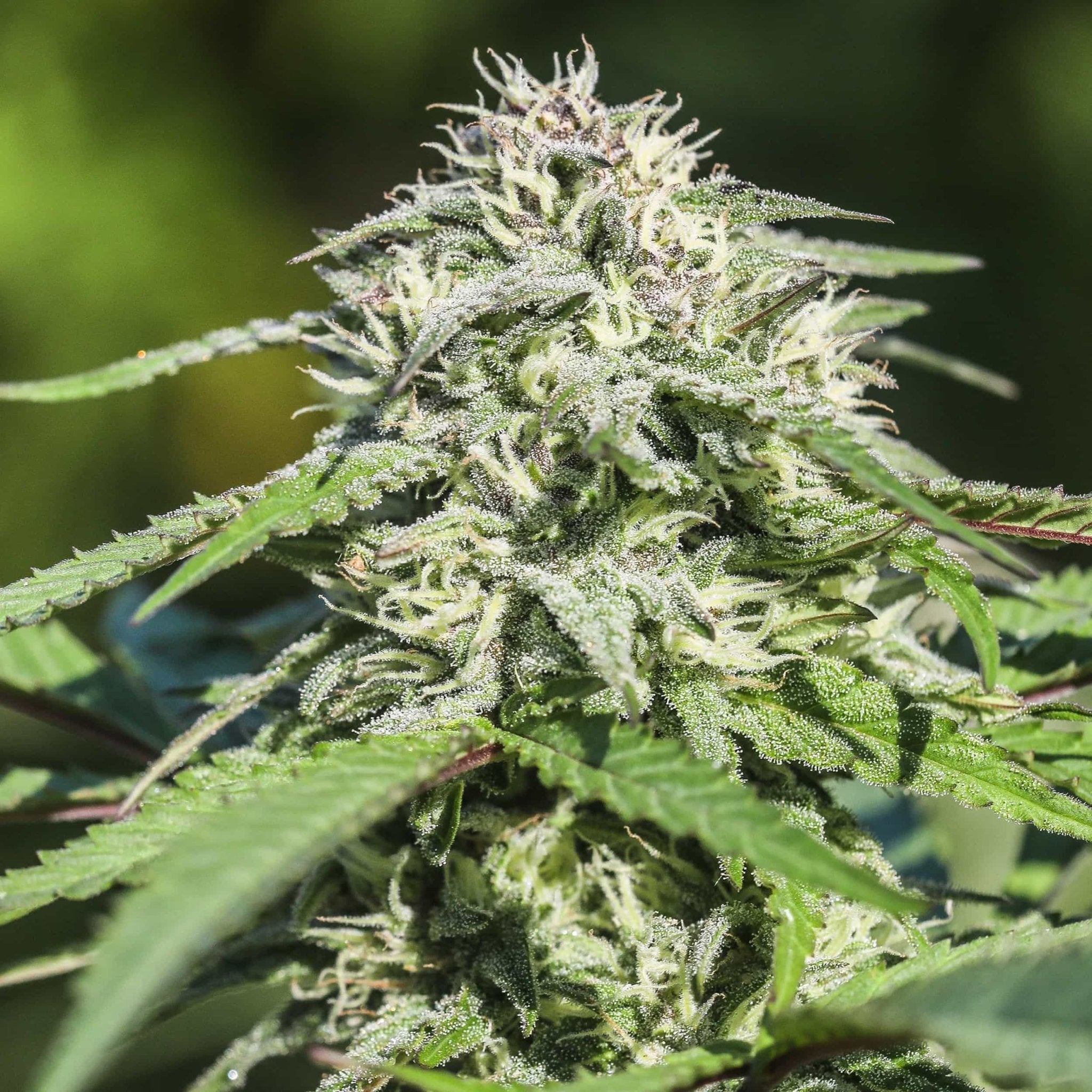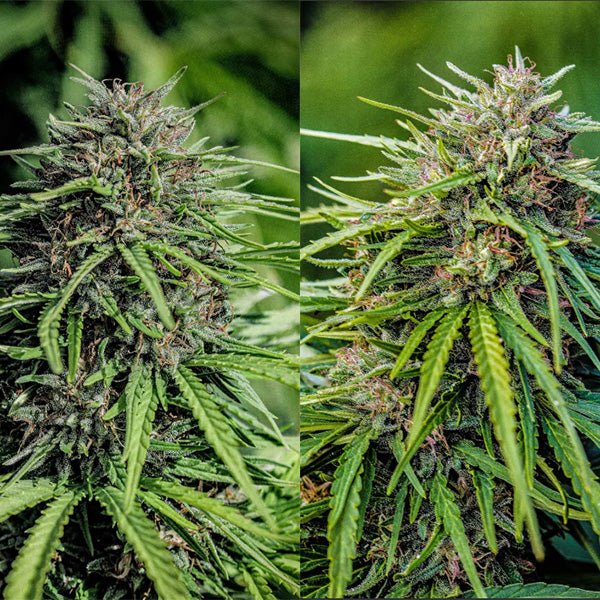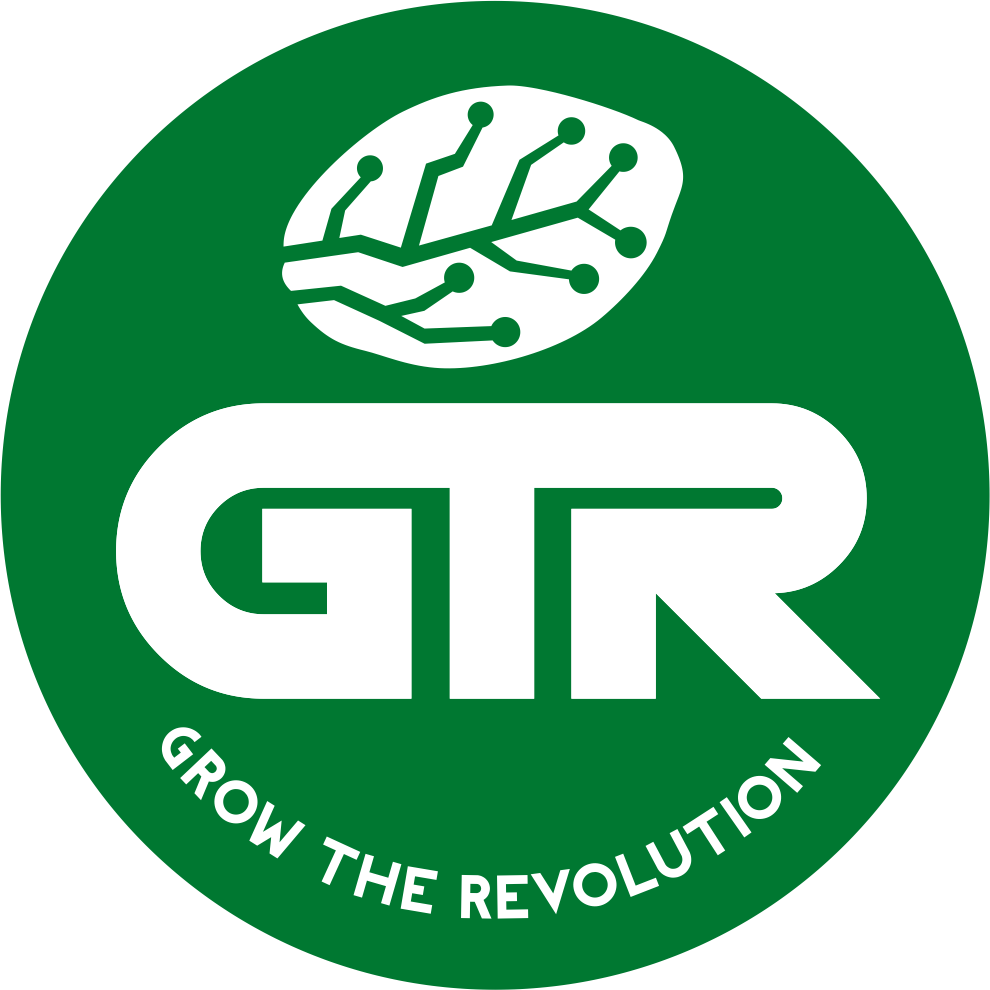Across the US, from California to Kentucky, farmers are taking a hard look at high-CBD biomass hemp as a rotation or replacement crop for soybeans and corn. With row crop margins tightening and input costs climbing, many growers are asking a simple question: Is there a better way to make these acres pay?
For a growing number of operations, CBD hemp farming is proving to be exactly that — a profitable, soil-friendly, and future-focused alternative.
More Earning Potential Per Acre
Let’s face it — the math on soybeans and other row crops isn’t what it used to be. Even in a good year, most row crop farmers are grossing $800 to $1,200 per acre. Once you factor in seed, fertilizer, and equipment costs, that margin can shrink fast. Throw in instability with tariffs and you are growing the unknown.
By comparison, high-CBD biomass hemp can generate anywhere from $5,000 to $10,000 per acre, depending on yield and contract terms. While prices have settled since the early hemp boom, the market for extract-grade CBD biomass has become more stable and predictable — especially for growers who lock in buyers before planting.
Hemp Builds Healthier Soil
Midwestern row crop rotations can be hard on the land. Hemp, on the other hand, gives soil a break. Its deep roots improve soil aeration and structure, reduce compaction, and help cycle nutrients back into the field.
Many farmers report better yields in corn and soybeans the year after hemp, thanks to improved tilth and organic matter. Plus, hemp needs fewer chemical inputs, which means fewer passes with the sprayer and less runoff.
Lower Input Costs and Water Needs
Compared to corn and soybeans, CBD hemp farming requires fewer inputs once established. Hemp is naturally resistant to many pests and diseases, and its canopy shades out weeds after early establishment.
Depending on your field type and region, you can often save on fertilizer, herbicides, and irrigation, all while maintaining strong yields — a win for both your wallet and the environment.
A Growing Market for Domestic CBD Biomass
Unlike soybeans, which are tied to global export prices and trade swings, CBD hemp serves a domestic and expanding industry. The demand for CBD extracts, wellness products, cosmetics, and nutraceuticals continues to grow across the U.S.
Processors are now looking for consistent, compliant biomass from reliable farms — especially those that can deliver high-CBD content and big production numbers. With our game changing genetics, growers can establish long-term supply contracts that offer more stability than the open commodity market.
Strong Partnerships and Pricing Power
Row crop farmers are used to being price takers, with no real say in what their soybeans bring at the elevator. In contrast, hemp farmers often negotiate directly with processors or buyers, establishing contract pricing before planting.
That means more control over your income and the ability to align production with real market demand. Some operations are even branching out into cannabinoid-specific genetics such as CBG and CBDV, further diversifying their farm income streams.
A Regenerative, Sustainable Rotation Option
Hemp is one of the few cash crops that actively supports regenerative agriculture goals. It sequesters carbon, improves soil biology, and reduces reliance on synthetic inputs — all while providing a marketable product.
For growers exploring sustainable certifications, carbon markets, or soil health initiatives, high-CBD biomass hemp fits perfectly into a modern, diversified farm plan.
The Long-Term Outlook
The CBD hemp market has matured past its early speculative stage. With new regulations and FDA clarity on the horizon, analysts expect steady growth through 2030 as functional cannabinoids like CBDV, CBG, and THCV gain traction.
For forward-thinking farmers, this isn’t just about chasing a trend — it’s about positioning the farm for the next generation of ag opportunity.
Hemp Could Save the Farm
The US has long been known for innovation in agriculture. High-CBD biomass hemp represents the next step — a crop that builds soil, reduces input costs, and provides real economic opportunity beyond the commodity rollercoaster.
Whether grown on a few test acres or as a full-scale rotation, CBD hemp farming can help row crop operations stay profitable, sustainable, and ahead of the curve.
Starting out with great genetics is the best place to start - checkout our lineup of high CBD biomass producing favorites here.

